According to the National Institute of Mental Health, part of the National Institute of Health, 2.6% of the U.S. adult population suffers from bipolar disorder. A full 82.9% of those cases are considered severe, comprising 2.2% of the U.S. adult population.
Despite the significant incidence of bipolar disorder and other mental illness, the number of Social Security Disability Insurance claims approved for mental disorders has dropped from 218,862 in 2010 to 123,676 in 2014. Obviously, there is something at play here other than a change in the law governing the review of disability claims based upon mental impairments.
But before we can speculate as to the causes of this precipitous reduction in the payment of mental disorders claims, we first must understand how these claims are evaluated by the Social Security Administration. Social Security (SSA) has a five step sequential evaluation process for adult disability claims.
At step one, Social Security determines whether an applicant for benefits, called a claimant, is engaging in what is called “Substantial Gainful Activity (SGA).” SGA is work activity that involves doing significant physical or mental activities for pay or profit. For the year 2016, if a non-blind employee earns over $1,130 per month, before taxes, that individual is engaging in Substantial Gainful Activity and is ineligible to apply for benefits, unless he or she has offsetting impairment related work expenses.
If a claimant is not engaging in SGA, then at step two, the question is whether the claimant has any impairment or combination of impairments which significantly limits the physical or mental ability to do basic work activities for a continuous period of at least a year.
If SSA determines that there is at least one severe impairment, the third step of the sequential evaluation considers the medical severity of the impairment(s). If one or more impairment(s) meets, or equal in severity, one of the Listings of Impairments, SSA will find that you are disabled.
To meet the Listing for bipolar disorder, there must be a history of episodic periods manifested by the full symptomatic picture of both manic and depressive syndromes (and currently characterized by either or both syndromes). A depressive syndrome is characterized by at least four of the following: anhedonia or pervasive loss of interest in almost all activities; appetite disturbance with change in weight; sleep disturbance; psychomotor agitation or retardation; decreased energy; feelings of guilt or worthlessness; difficulty concentrating or thinking; thoughts of suicide; or hallucinations, delusions, or paranoid thinking.
A manic syndrome is characterized by at least three of the following: hyperactivity; pressure of speech; flight of ideas; inflated self-esteem; decreased need for sleep; easy distractibility; involvement in activities that have a high probability of painful consequences which are not recognized; or hallucinations, delusions or paranoid thinking.
For the bipolar disorder to meet its Listing, the illness must result in two of the following: marked restriction of activities of daily living; marked difficulties in maintaining social functioning; marked difficulties in maintaining concentration, persistence, or pace; or repeated episodes of decompensation, each of extended duration; or a medically documented history of a chronic affective disorder of at least 2 years’ duration that has caused more than a minimal limitation of ability to do basic work activities, with symptoms or signs currently attenuated by medication or psychosocial support, and one of the following: repeated episodes of decompensation, each of extended duration; a residual disease process that has resulted in such marginal adjustment that even a minimal increase in mental demands or change in the environment would be predicted to cause the individual to decompensate; or a current history of 1 or more years’ inability to function outside a highly supportive living arrangement, with an indication of continued need for such an arrangement.
Even if one’s bipolar illness does not meet the Listing, or equal it in severity, one still can establish disability if he or she can prove an inability to perform past relevant work (step four) and SSA cannot identify any other work that the person can perform given his or her age, education, past work experience and residual functional capacity (step five).
It is important to know that SSA defines the basic demands of competitive, remunerative, unskilled work include the abilities (on a sustained basis) to understand, carry out, and remember simple instructions; make judgments that are commensurate with the functions of unskilled work, i.e., simple work-related decisions; respond appropriately to supervision, coworkers and work situations; and deal with changes in a routine work setting. A substantial loss of ability to meet any of these basic mental demands severely limits the potential occupational base and would justify a finding of inability to work.
So there you have it, Social Security disability law on bipolar disorder in a nutshell. So why has the approval rate for mental impairments diminished so abruptly. Some say it is political pressure; others say that SSA is just tightening its oversight and more carefully watching which cases are approved. Whatever the reason, it is important to know how Social Security evaluates mental impairment claims and in particular ones involving bipolar illness. Knowledge is power.
